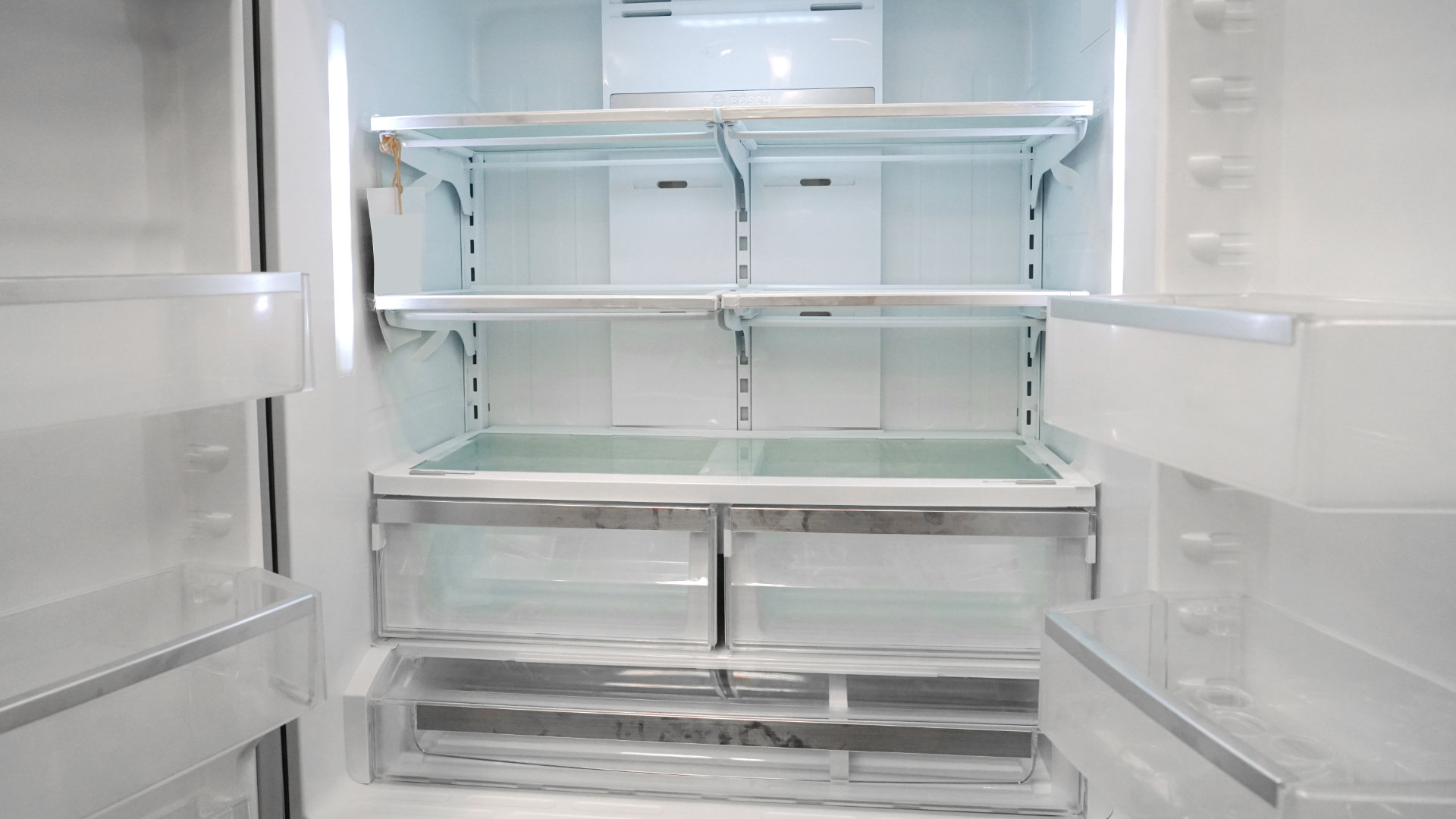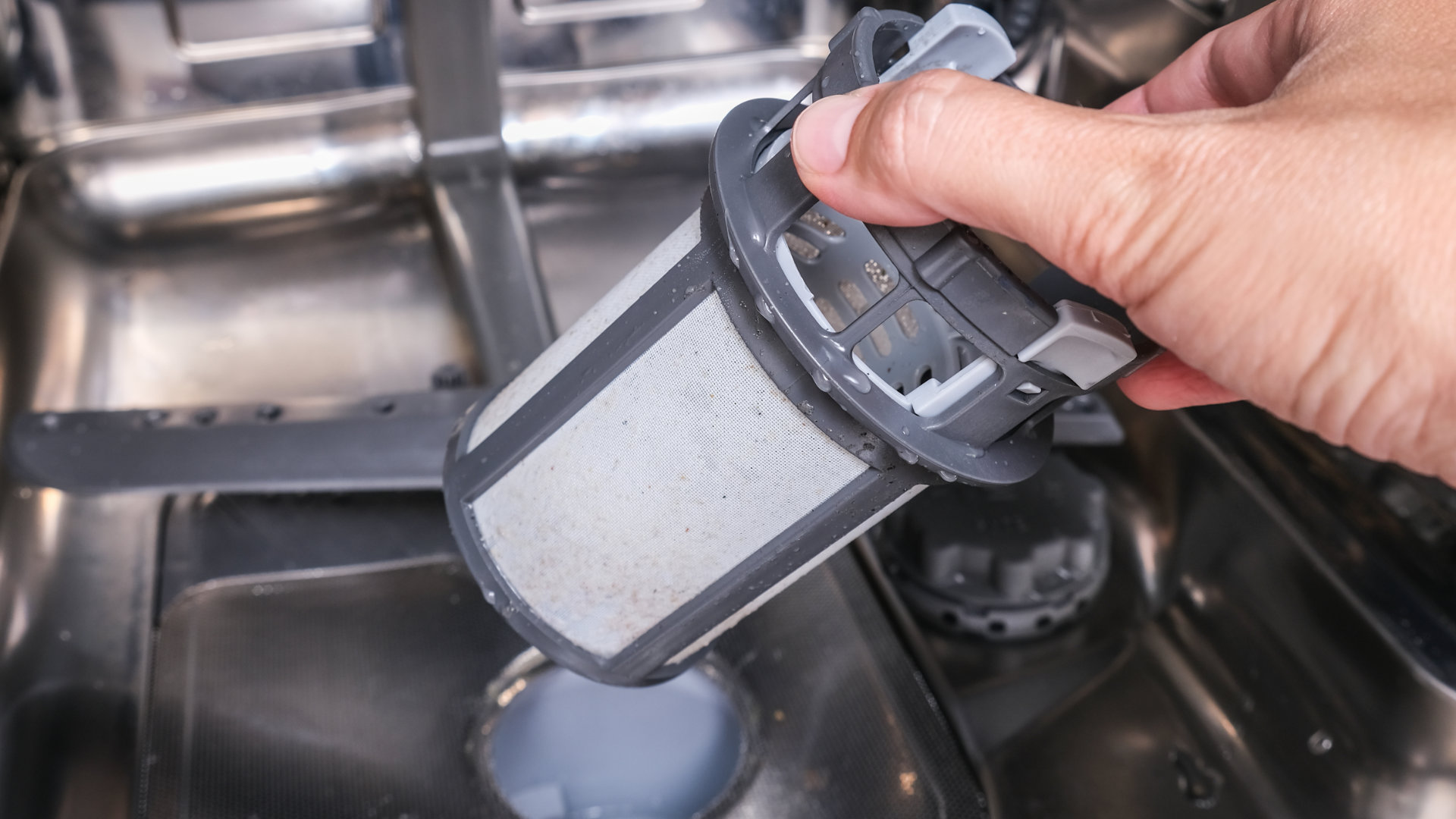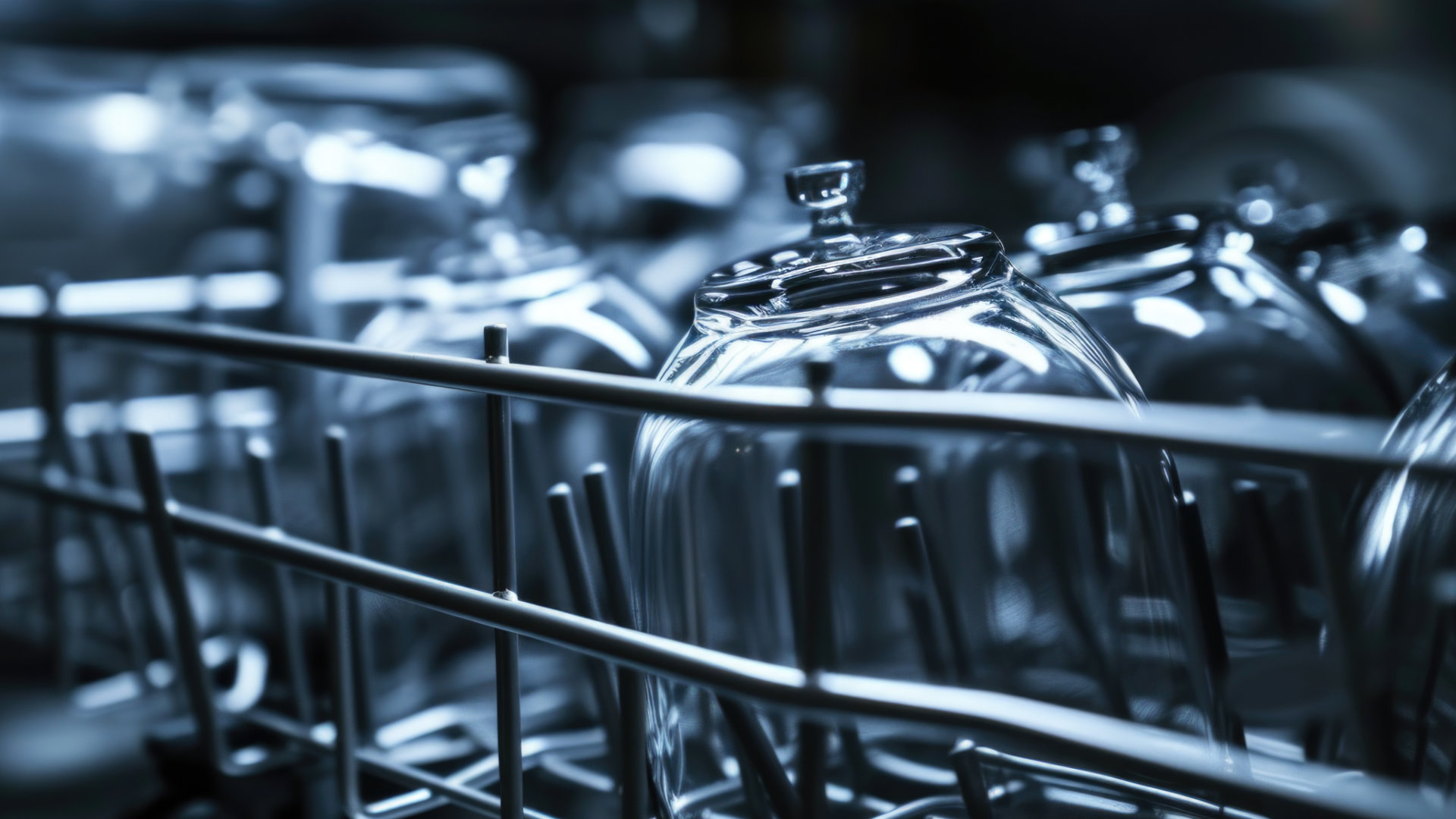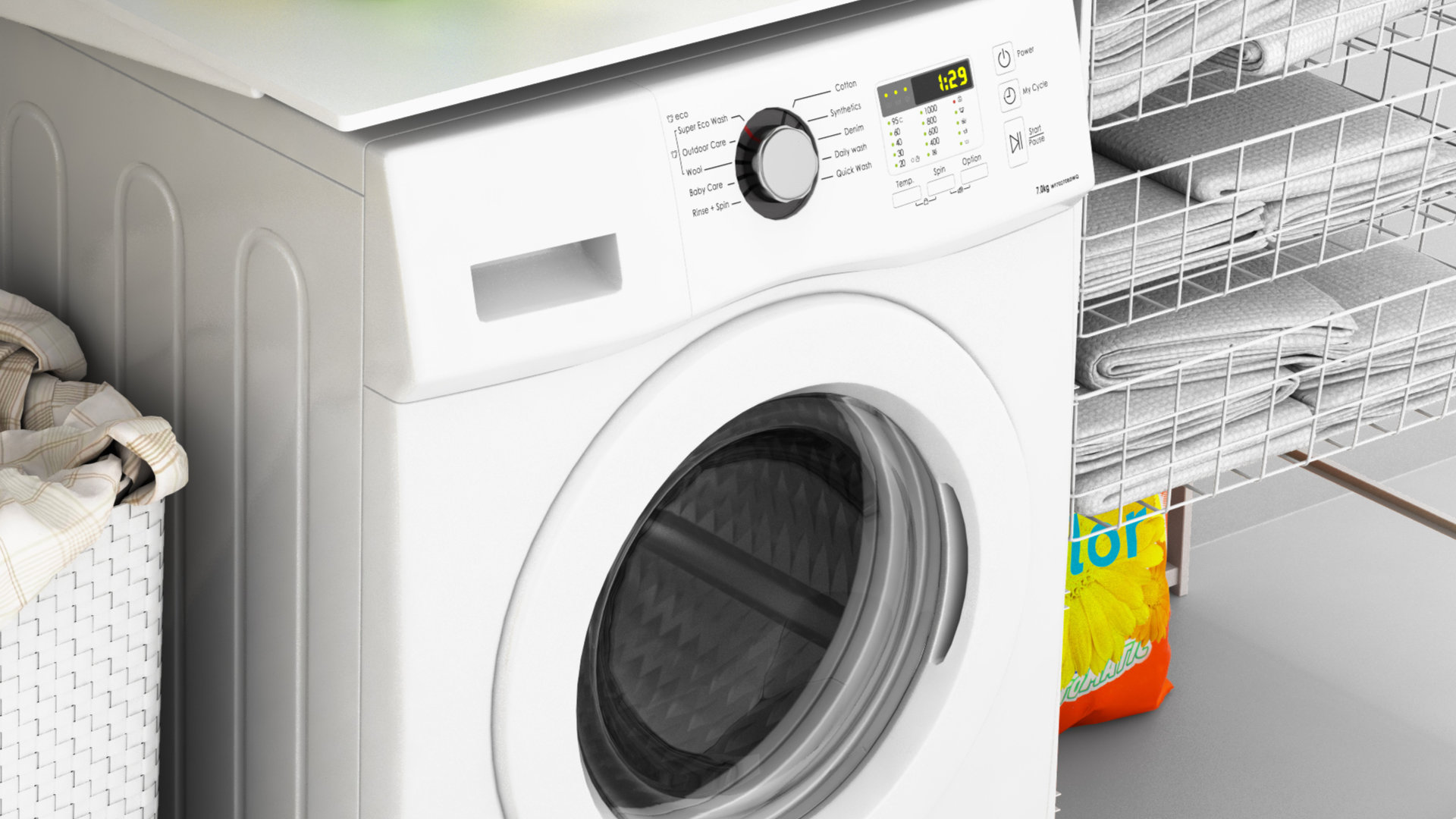
A loud noise coming from your Electrolux dishwasher can happen for many different reasons. Different problems make different noises that can help you diagnose and fix them.
Read this guide to help you determine what kind of problem is causing your noise and find out how to fix it.
The following models of Electrolux dishwasher are covered in this guide:
EDW5500DSS0
EDW7505HPS0A
EDW7505HSS0A
EIDW5905JB0A
EIDW5905JS0A
EIDW5905JW0A
EIDW6105GB0
EIDW6105GB1
EIDW6105GB2B
EIDW6105GS0
EIDW6105GS1
EIDW6105GS2B
EIDW6105GW2B
EIDW6305GB2B
EIDW6305GS2B
EIDW6305GW2B
EIDW6405HT0A
EWDW6505GB1C
EWDW6505GS1C
EWDW6505GW1C
SAF540E0
Run the Dishwasher Without Dishes
Take all of the dishes from your dishwasher, and run a cycle again. If the noise is gone, this means that the noise is probably caused by dishes rattling against each other. Make sure that you stack dishes correctly, leaving space between ceramic items like plates and bowls and placing cutlery correctly within the grooves in the top rack.
Check the Water Connection
A quiet grinding noise is normal, but if a loud grinding noise occurs during a cycle, stop the dishwasher and check the water connection at the faucet. Check if the faucet is not turned on all the way, the connection is loose, or there is a kink in the hose.
Inspect the Wash Arm for Damage
The wash arm receives water from the wash pump and sprays it into the dishwasher. If the wash arm housing becomes damaged or there is a buildup of mineral deposits or debris inside the wash arm’s spray holes, it can cause a noise when the dishwasher is on.
The noise is caused by a restriction on the hole causing high water pressure or by the damaged wash arm scraping against the sides or bottom of the dishwasher.
Remove the lower dish rack and pull on the wash arm to take it out. Inspect the wash arm for damage. If it is warped or disformed, you will need to install a replacement. Check your dishwasher’s instruction manual to find the part number of the replacement you need. Install it by pressing it into the hole firmly.
If the wash arm is dirty, clean it using a toothbrush and a solution of baking soda and vinegar to clear out the spray holes.
Get a Water Hammer Arrestor
If you hear a loud banging noise during the cycle, turn your dishwasher off. This could be a problem called “water hammer.” This means that the water pressure in your house’s pipes is too high.
If this is the problem, you will hear loud, intermittent bangs during a cycle. This occurs because of the high pressure smacking against the water inlet valve when it closes. You may also hear bangs coming from your washing machine and other faucets.
If you suspect this is the problem, you can purchase a water hammer arrestor from a hardware retailer. Attach this to your faucet and attach your dishwasher to the arrestor. It will regulate the water pressure and prevent the noise from reoccurring.
Clear the Drain
A rattling noise or drone could be caused by a blockage in the drain. First, clean the drain.
Here’s what to do:
- Turn the dishwasher off at the wall or unplug it.
- Remove the lower dish rack.
- Pull the wash arm straight up to remove it.
- Turn the drain filter counter clockwise, and lift it up to remove it.
- Remove the plaque filter by pulling it upward.
- Check inside the drain for any large blockages or foreign matter and remove them.
- Use a sponge and a soft cloth to clean smaller pieces of food or debris from inside the drain.
- Pour hot water down the drain to rinse it out.
- Replace the plaque filter. Put the drain filter back in the hole and turn it clockwise.
- Replace the wash arm and the lower dish rack.
- Switch your dishwasher back on.
Check the Diverter for Debris
A fast rattling or ticking noise could indicate that some foreign matter is trapped in the water diverter that controls the water flow between the pump motor and the wash arms.
Removing the debris should stop the noise. Here’s how to do this:
- Turn your dishwasher off at the wall.
- Remove the lower dish rack.
- Remove the spray arm by pulling it upward.
- Rotate the drain filter counterclockwise, and lift it up to remove it.
- Remove the plaque filter by pulling it upward.
- Use a Phillips-head screwdriver to remove the three screws holding the diverter cover in place. Remove the cover.
- Use your finger to rotate the wheel, and check for anything that has been lodged in there. You can use a toothpick to remove it.
- Replace the diverter cover, plaque filter, drain filter, wash arm, and lower dish rack.
- Turn the dishwasher back on.
Replace the Drain Pump Motor
If the noise persists after you have cleaned the whole drain area and removed debris, there may be a problem with the drain pump motor.
Run a cycle and listen for the noise; then cancel the cycle. If the problem is with the drain pump, the noise should get louder or stay the same when you cancel the cycle.
If you suspect this is the problem, contact a professional appliance repair technician to check and replace the drain pump motor.
Replace the Wash Pump Motor
A persistent, constant whine or droning noise usually means that the pump motor is faulty. A high-pitched whine occurs when the bearings in the pump motor wear out.
Run a cycle and listen to the noise; then cancel the cycle. If the noise stops while the dishwasher is draining, then the problem is most likely within the pump motor and not the drain.
If you suspect this is the problem, contact a professional appliance repair technician to check and replace the drain pump motor.
These are some of the major problems that can cause an incessant noise coming from your Electrolux dishwasher. If you try the solutions provided and there is no change to the noise, contact a professional appliance repair technician to diagnose the problem and fix it.

How to Reset a Whirlpool Refrigerator Ice Maker

6 Reasons Your LG Refrigerator Is Not Making Ice

Kenmore Fridge Ice Maker Not Working? 5 Ways to Fix It

How to Remove Fish Smell from Your Refrigerator

How To Fix Bosch Dishwasher E24 Error

Troubleshooting a Whirlpool Dishwasher Not Draining

Why Is Your Fridge Water Not Working, but Ice Is?

How to Fix the E15 Bosch Dishwasher Error Code

How Much Power Does a Microwave Use?

How to Properly Clean Refrigerator Coils

How to Fix an LG Washer Showing OE Error Code

Troubleshooting a GE Dishwasher with No Power and No Lights

10 Reasons Why Your Bosch Dishwasher Won’t Start

Troubleshooting the F5 Error Code with a Maytag Washer


